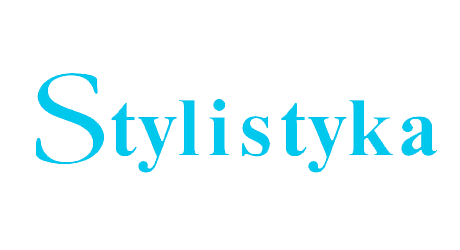Zdroje
Google Scholar
Křen M., Bartoň T., Cvrček V., Hnátková M., Jelínek T., Kocek J., Novotná R., Petkevič V., Procházka P., Schmiedtová V., Skomalová H., 2010, SYN2010: žánrově vyvážený korpus psané češtiny, Praha: Ústav českého národního korpusu FF UK,
Google Scholar
http://www.korpus.cz (přístup: 18.06. 2022).
Google Scholar
Křen M., Cvrček V., Henyš J., Hnátková M., Jelínek T., Kocek J., Kováříková D., Křivan J., Milička J., Petkevič V., Procházka P., Skoumalová H., Šindlerová J., Škrabal M., 2020, SYN2020: reprezentativní korpus psané češtiny, Praha: Ústav Českého národního korpusu FF UK, http://www.korpus.cz (přístup:18.06.2022).
Google Scholar
Kučera K., Stluka M., 2011, DIAKORP: Diachronní korpus češtiny, verze 5 z 21.2.2011, Praha: Ústav Českého národního korpusu FF UK, http://www.korpus.cz (přístup: 20.06.2022).
Google Scholar
Kopřivová M., Lukeš D., Komrsková Z., Poukarová P., Waclawičová M., Benešová L., Křen M., 2017, ORAL: korpus neformální mluvené češtiny, verze 1 z 2.6.2017, Praha: Ústav českého národního korpusu FF UK, http://www.korpus.cz (přístup:21.04.2024).
Google Scholar
Literatura
Google Scholar
ASSČ: Akademický slovník současné češtiny, 2017–2022, Praha: Ústav pro jazykčeský AV ČR, v. v. i., https://slovnikcestiny.cz (přístup: 27.06.2022).
Google Scholar
Alexová J., 2009, Vývoj českého barokního souvětí souřadného, Praha: ARSCI.
Google Scholar
Bauer J., 1960, Vývoj českého souvětí, Praha: Nakladatelství ČSAV.
Google Scholar
Bílková J., 2020, Výraz což v současné psané češtině, „Korpus – gramatika – axiologie”, 22, s. 3–15.
Google Scholar
Bílková J., 2021a, Diskurzní konektor „což” v neformálních mluvených rozhovorech, „Bohemistyka”, 21, č. 3, s. 319–330.
Google Scholar
Bílková J., 2021b, Nepravá hypotaxe v spontánních mluvených projevech. – Štýl –komunikácia – kultúra, ed. Z. Popovičová-Sedláčková, Bratislava: Univerzita Komenského, s. 417–427.
Google Scholar
IJP: Internetová jazyková příručka, 2008–2022, Praha: Ústav pro jazyk český AV ČR, v. v. i., https://prirucka.ujc.cas.cz/ (přístup: 27.6.2022).
Google Scholar
Kopečný F., 1973, Etymologický slovník slovanských jazyků. Slova gramatická a zájmena. Sv. 1: Předložky. Koncové partikule, Praha: Academia.
Google Scholar
ISSČ: Internetový slovník současné češtiny, 2018, Lingea, s. r. o., https://www.nechybujte. cz/slovnik-soucasne-cestiny (přístup: 12.09.2022).
Google Scholar
Kosek P., 2017, Vývoj českých klitik. – CzechEncy – Nový encyklopedický slovník češtiny, eds. P. Karlík, M. Nekula, J. Pleskalová, https://www.czechency.org/slovnik/VÝVOJ ČESKÝCH KLITIK (přístup: 21.4.2024).
Google Scholar
Nekula M., 2017, Enklitická částice. – CzechEncy – Nový encyklopedický slovník češtiny, eds. P. Karlík, M. Nekula, J. Pleskalová, https://www.czechency.org/slovnik/ENKLITICKÁ ČÁSTICE (přístup: 12.09.2022).
Google Scholar
PSJČ: Příruční slovník jazyka českého, Praha: Ústav pro jazyk český, AV ČR, v.v.i., https://psjc.ujc.cas.cz/ (přístup: 12.09.2022).
Google Scholar
SSČ: Slovník spisovné češtiny pro školu a veřejnost, 1998, Praha: Academia.
Google Scholar
SSJČ: Slovník spisovného jazyka českého, 2011, Praha: Ústav pro jazyk český, AV ČR, v. v. i., https://ssjc.ujc.cas.cz/ (přístup: 15.09.2021).
Google Scholar


 https://doi.org/10.25167/Stylistyka34.2024.2
https://doi.org/10.25167/Stylistyka34.2024.2
